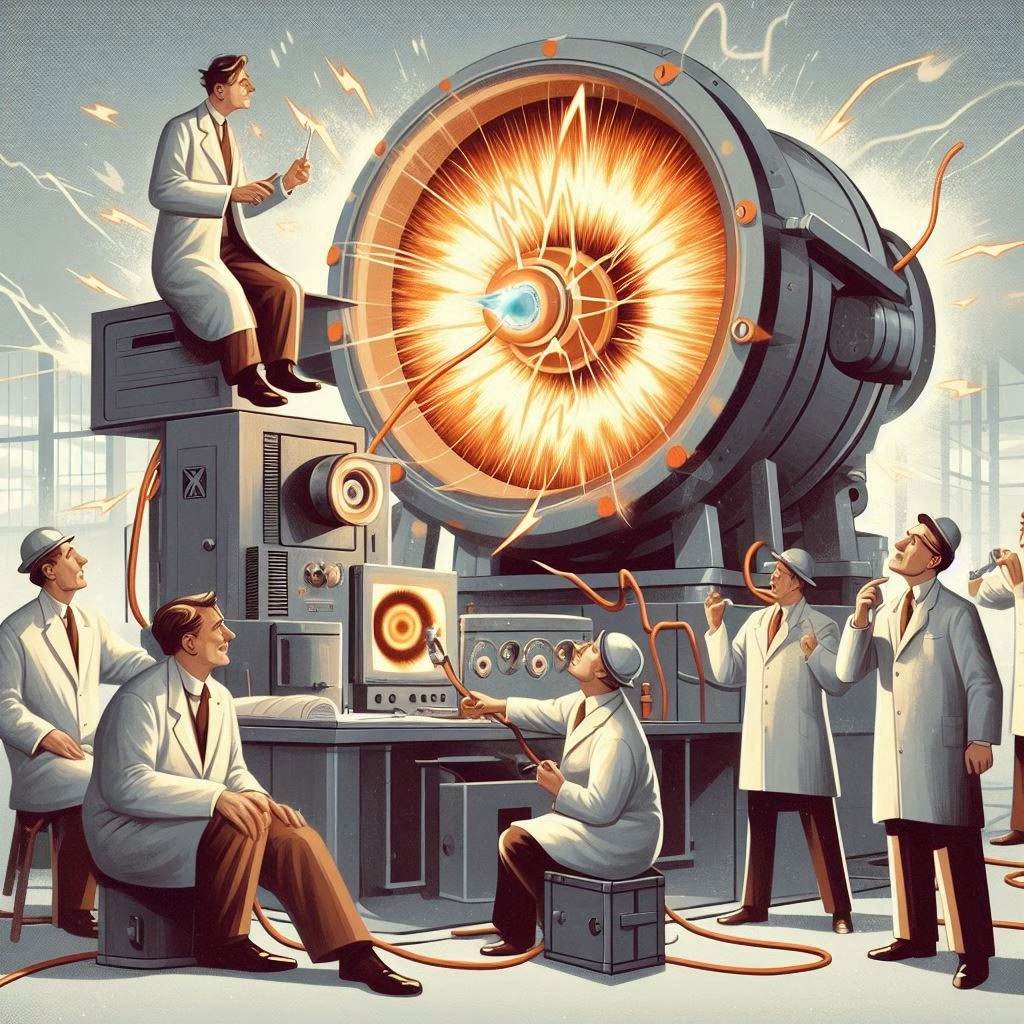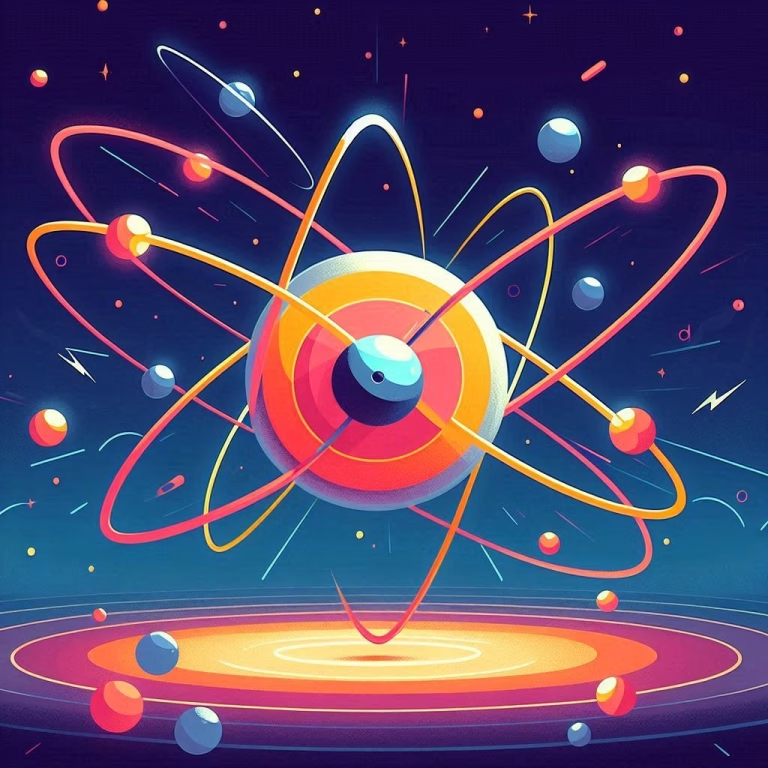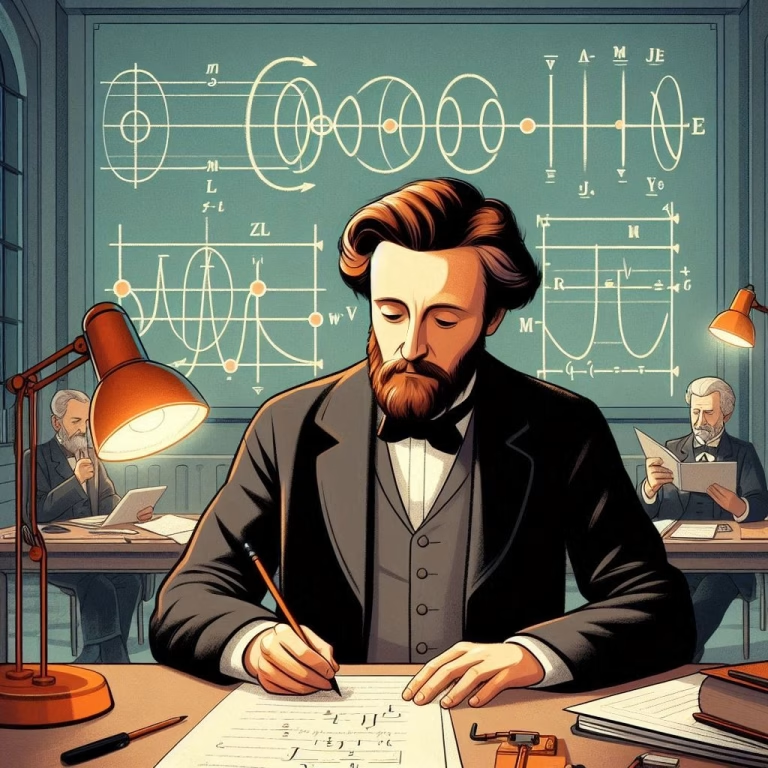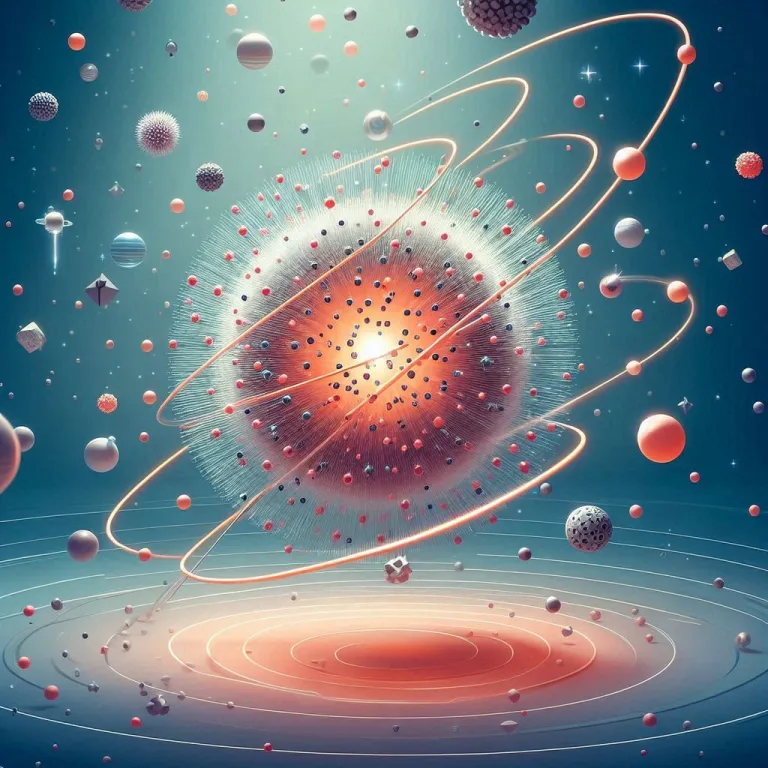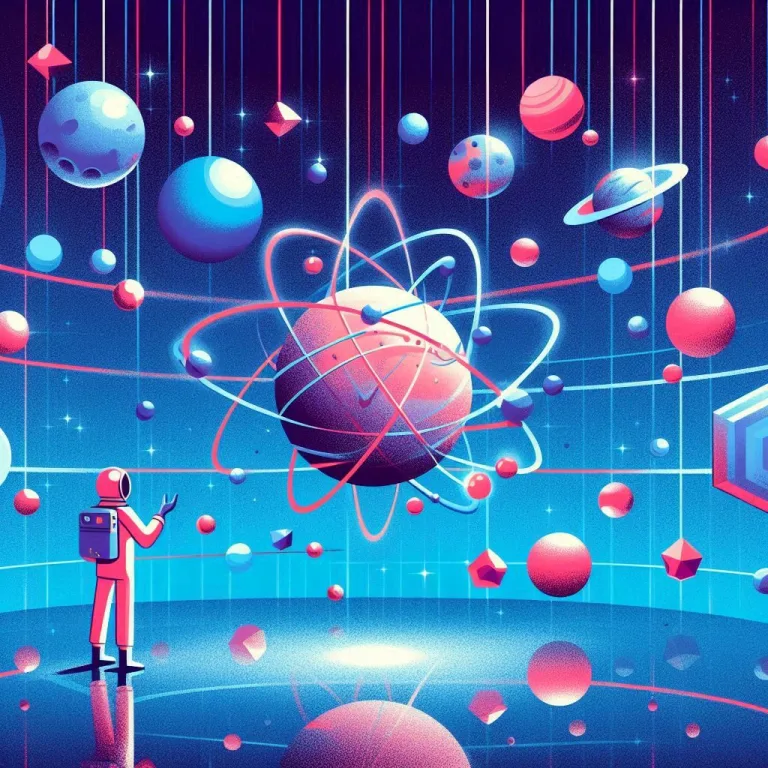What does it take to unlock the secrets of the atom? In the early 20th century, physicists were racing against time, armed with curiosity and rudimentary equipment, to break apart the very building blocks of matter. Their journey would redefine the understanding of the universe itself.
The Beginnings of Nuclear Physics
Nuclear physics, a discipline of physics that investigates the components and behaviour of atomic nuclei, emerged in the late nineteenth century. The discovery of radioactivity by Henri Becquerel in 1896 signalled the beginning of a new age. This inadvertent finding paved the way for rapid advances in atomic theory, beginning with Marie and Pierre Curie’s isolation of the radioactive isotopes polonium and radium in 1898.
By the early 1900s, it became evident that radioactivity was a sign of atomic disintegration. Ernest Rutherford and Frederick Soddy’s work in 1902 demonstrated that atoms were not the immutable building blocks of matter that scientists once believed. Instead, they could transform into different elements by emitting radiation, a process known as radioactive decay. This radical idea laid the groundwork for the next several decades of nuclear research.
Smashing the Atom: Rutherford’s Pioneering Work
Rutherford discovered the dense atomic nucleus in 1911, which profoundly altered the atom model. Rutherford’s nuclear model supplanted the “plum pudding” concept, which represented the atom as a diffuse cloud of positive charge studded with electrons. In this idea, an atom is made up of a small, compact nucleus surrounded by electrons, much like planets orbiting the Sun.
Rutherford continued his groundbreaking research with the famous gold foil experiment, in which he bombarded thin gold foil with alpha particles. This led to the discovery that most of an atom’s mass is concentrated in its nucleus, and that this nucleus is positively charged. Rutherford had effectively “split” the atom, though he had not yet reached the nucleus itself.
In 1919, Rutherford succeeded in transmuting one element into another by bombarding nitrogen atoms with alpha particles. He produced oxygen, marking the first artificial nuclear reaction. This was the first time a human being had deliberately induced a nuclear transformation, opening the door to nuclear reactions as a new avenue of scientific inquiry.
The Discovery of the Neutron: Completing the Atomic Model
Rutherford believed that the nucleus was made up entirely of positively charged protons. But there was something missing. Most atoms have more mass than could be explained by their number of protons. James Chadwick’s discovery of the neutron in 1932 filled a gap in the conundrum. This neutral particle, which lived in the nucleus with protons, accounted for the missing mass. The neutron also demonstrated how the strong nuclear force might overcome the repulsion of positively charged protons in the nucleus.
The discovery of the neutron was pivotal. Neutrons, being uncharged, could penetrate the nucleus more easily than protons or alpha particles, which experience electrostatic repulsion from the positively charged nucleus. This opened new pathways for nuclear reactions and laid the foundation for the development of nuclear fission.
The Road to Nuclear Fission
One of the most significant advances in nuclear physics occurred in the early 1930s, with the invention of particle accelerators. In 1932, using an accelerator, John Cockcroft and Ernest Walton successfully divided lithium nuclei by blasting them with protons. This marked a significant step towards the discovery of nuclear fission.
In 1934, Enrico Fermi made a crucial advance by bombarding elements with neutrons. He observed that slow neutrons were far more effective in producing nuclear reactions than fast ones. Fermi’s work would eventually lead to the discovery of artificial radioactivity and, indirectly, nuclear fission.
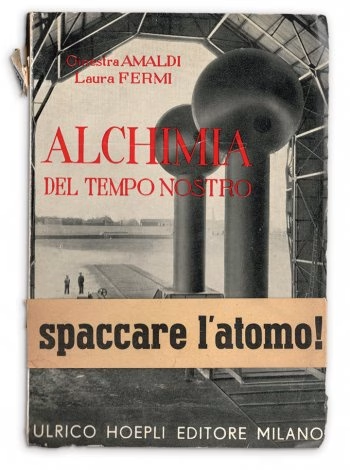
By 1938, a group of German scientists, including Otto Hahn and Fritz Strassmann, had made the world-changing discovery: nuclear fission. When uranium was struck with neutrons, it split into two smaller nuclei, releasing massive amounts of energy. Lise Meitner and Otto Frisch gave the theoretical explanation, describing how the nucleus behaved like a liquid drop that could split in two when struck by a neutron.
The Atom Split: From Scientific Breakthrough to Global Impact
The discovery of fission had far-reaching consequences, both scientifically and globally. The release of energy from fission processes raised the prospect of a chain reaction, in which neutrons released in one fission event may cause other fissions in other nuclei. This realisation prompted the creation of the first nuclear reactors, which were meant to control these chain reactions and produce energy.
However, the potential for weaponizing nuclear fission quickly became apparent. In 1939, Albert Einstein and Leo Szilard wrote a letter to President Franklin D. Roosevelt, warning that Nazi Germany might be working to develop nuclear weapons. This letter was instrumental in launching the Manhattan Project, the Allied effort to build an atomic bomb.
By 1945, the United States had successfully tested the first atomic bomb in the New Mexico desert. Later that year, bombs were dropped on Hiroshima and Nagasaki, leading to Japan’s surrender in World War II. The discovery of nuclear fission had not only reshaped science but also geopolitics, ushering in the nuclear age.
Nuclear Physics Today: Power and Promise
In the decades since the discovery of fission, nuclear physics has continued to evolve. Today, nuclear power provides about 10% of the world’s electricity, and nuclear reactors operate in over 30 countries. France, for example, generates around 70% of its electricity from nuclear energy. Despite concerns about safety and radioactive waste, nuclear energy remains one of the most efficient and reliable sources of low-carbon power.
On the scientific front, nuclear physics continues to push the boundaries of understanding. The Large Hadron Collider (LHC) at CERN is the world’s most powerful particle accelerator, designed to investigate the fundamental forces of nature by colliding protons at almost the speed of light. The LHC’s discoveries, such as the Higgs boson in 2012, are paving the path for new physical theories outside the Standard Model.
Moreover, advancements in nuclear fusion, the process that powers the Sun, hold the promise of virtually unlimited, clean energy. International collaborations like the ITER project in France are working to make fusion energy a reality. If successful, nuclear fusion could revolutionize energy production, providing a sustainable and safe alternative to fossil fuels and fission-based nuclear power.

